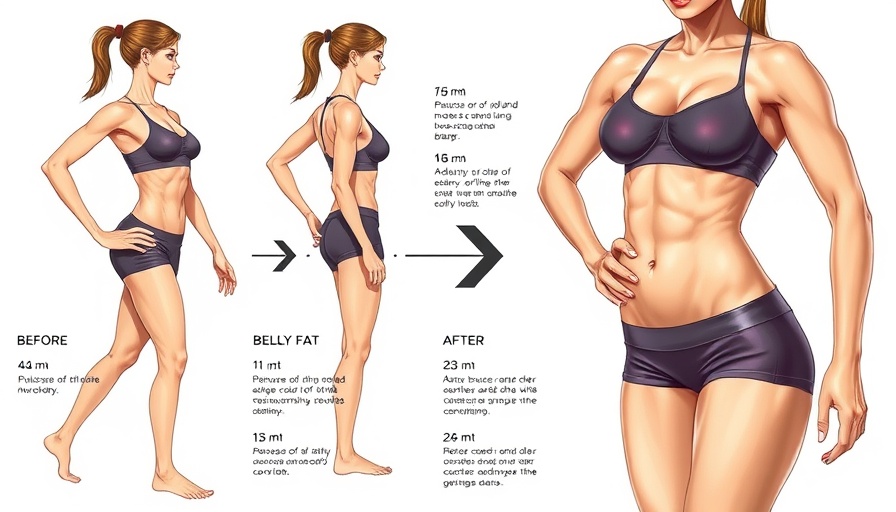
Unlock Better Mobility: The Four Essential Exercises
At any age, maintaining mobility and reducing pain can feel like a daunting task. But what if I told you that incorporating just four simple exercises into your routine could drastically improve your condition? In the video 4 Exercises That FIX Pain & Mobility FAST, we explore each exercise, showcasing their benefits, and why they are effective for individuals dealing with pain and stiffness, especially after the age of 40.
In 4 Exercises That FIX Pain & Mobility FAST, the discussion dives into simple exercises that can transform your physical well-being, exploring key insights that sparked deeper analysis on our end.
The Power of Push-Ups: A Timeless Full-Body Workout
First on the list is the classic push-up, a tried-and-true exercise that offers more than just mere chest activation. Properly executed push-ups enhance not only your upper body strength but also protect your spine and improve posture. As we age, muscle imbalances can lead to shoulder and neck pain, making it essential to engage various muscle groups effectively. Focusing on form—keeping the body in a straight line and bracing the core—ensures you’re making the most of each rep. If traditional push-ups pose a challenge, starting with incline variations can provide the same advantages with reduced strain. Beyond strength, push-ups also contribute to upper body bone density, making them a critical exercise for overall health.
Glute Bridge March: Strengthening Your Foundation
The second exercise, the glute bridge march, addresses a common problem: sedentary lifestyles that weaken our glutes and tighten hip flexors, often leading to lower back pain. This dynamic movement not only strengthens your glutes but also enhances core stability during the motion. To perform it correctly, start on your back with your knees bent, lifting your hips into a stable bridge while marching your legs one at a time. Focus on controlled movements and maintaining hip stability—this adds time under tension that is crucial for building strength. Those with lifestyle-related stiffness will find that just incorporating this exercise can alleviate discomfort significantly within a week.
Walking: Your Natural Reset Button
Don’t overlook the simplest form of exercise: walking. Often underestimated, this fundamental movement helps restore circulation and unlock tight joints while calming the nervous system. To reap the most benefits, approach your walk with intention. Upright posture and arm swing add to the efficacy of the movement. For added challenge, consider routes with hills or brisk bursts of speed. Many are surprised to find that integrating daily walks into their routine not only enhances mobility but serves as effective cardio as well. It’s free, easy to fit into your schedule, and offers remarkable results.
Split Squat Hold: Building Leg Strength
The final exercise, split squat hold, is crucial for fostering strength and stability in each leg independently, which is important as we age. By holding a lunge position with your front knee aligned over your ankle and your back knee hovering, you engage stabilizer muscles that protect your joints. As you hold the position and feel your muscles working, you’re simultaneously addressing imbalances that can threaten your balance and coordination in daily life. Start with brief holds and work your way up as your strength develops. This exercise is particularly enlightening—it reveals weak spots in your stability, allowing you to focus on what might need additional attention.
Incorporating the Workouts for Lifelong Benefits
Integrating these four exercises into your week can dramatically transform your mobility and reduce discomfort—a vital step in preserving functionality and resilience as you age. As many trainers and gym owners know, consistency is key. Encourage your clients to commit to these movements for enhanced performance and a pain-free life.
If you’re ready to take the first step towards better mobility and strength, start integrating these exercises today. Establishing this routine not only benefits physical health but also enhances mental well-being, creating a positive feedback loop for your progress.
 Add Row
Add Row  Add
Add 




Write A Comment